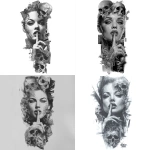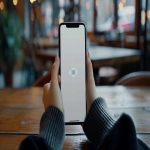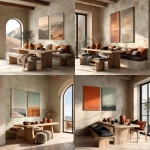Explore the Best AI Image Gallery
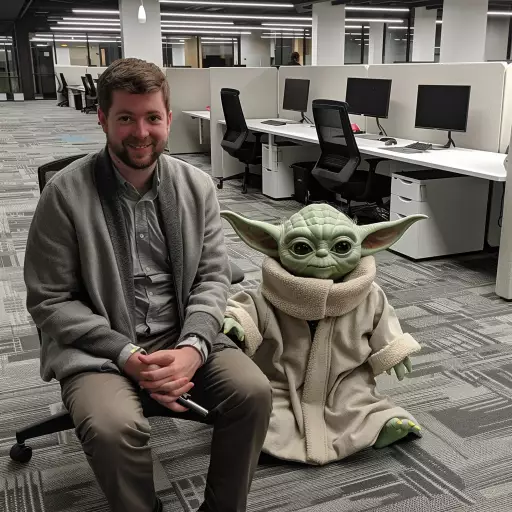
Pixels & Threads: Weaving AI-Generated Images into the Artistic Tapestry
The realm of art has always been a space of innovation, constantly evolving with new tools and techniques. Today, a powerful new force is reshaping this landscape: artificial intelligence (AI). AI-generated images, once confined to the realm of science fiction, are now becoming increasingly sophisticated, blurring the lines between human and machine creativity.
A Canvas Painted by Algorithms
AI image generation works by training algorithms on vast datasets of existing images. These algorithms learn the patterns, styles, and nuances of art, enabling them to create original images based on textual prompts or even existing artwork. Tools like DALL-E 2, Midjourney, and Stable Diffusion have made this technology accessible to a wider audience, empowering anyone with an internet connection to experiment with AI art.
Impact on the Creative Industry
The rise of AI image generation has sparked both excitement and apprehension within the creative industry.
- New Possibilities for Artists: AI can serve as a powerful tool for artists, expanding their creative horizons. It can help generate ideas, overcome creative blocks, or even assist in creating complex visuals that would be time-consuming to produce manually.
- Democratization of Art Creation: AI makes art creation more accessible to individuals without traditional artistic training, fostering a more inclusive and diverse artistic community.
- Efficiency and Automation: AI can automate repetitive tasks in the design and production process, freeing up artists and designers to focus on higher-level creative endeavors.
However, there are also concerns:
- Copyright and Ownership: Questions arise about who owns the copyright to AI-generated art—the user who provides the prompt, the developer of the AI algorithm, or the AI itself?
- Job Displacement: There are fears that AI could automate creative tasks currently performed by human artists, potentially leading to job losses.
- Ethical Considerations: AI-generated images can be used for both positive and negative purposes. Its crucial to address the ethical implications of using AI in art, ensuring responsible development and deployment.
The Future of AI-Generated Art
The field of AI art is rapidly evolving, with ongoing advancements pushing the boundaries of whats possible.
- Increased Realism and Creativity: AI algorithms will continue to improve, generating even more realistic and imaginative artwork.
- Personalized Art Experiences: AI could be used to create personalized art pieces tailored to individual preferences and styles.
- Interactive and Immersive Art: AI-powered art installations and experiences could offer engaging and interactive ways to engage with art.
As AI technology advances, its essential for artists, developers, policymakers, and the general public to engage in thoughtful discussions about its impact on the creative industry. By navigating these challenges responsibly, we can harness the power of AI to unlock new possibilities for artistic expression and innovation.
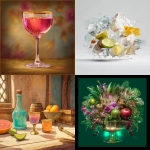
](https://images.ai-img.art/thumbnails/150/24610c8978ce6b4f1ced8639b434482871adb07e38af8b90cd535f2533bf18cc.webp)
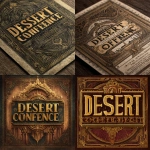
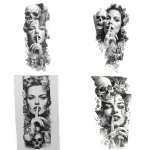
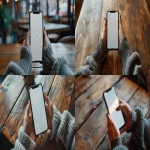
](https://images.ai-img.art/thumbnails/150/37f115f2fa75765b87e6d3e2c9f1b0a80a6a46efa8b864a05278c7fc0a0a62e7.webp)
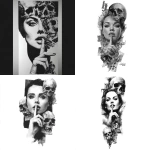
](https://images.ai-img.art/thumbnails/150/b90a5f332cb5d8f02116934e13abd20233e0eeb2368274dbdffaa2e281e4dff5.webp)

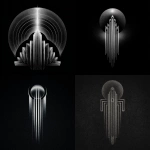

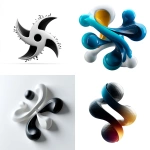

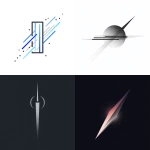

](https://images.ai-img.art/thumbnails/150/4a4f2a16da94ebadad64aeb3b0fb4e64d426431f1d651cc4929142c728fe85b7.webp)
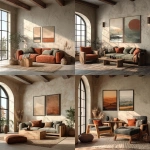
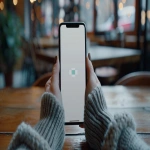


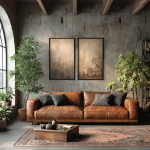
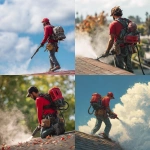
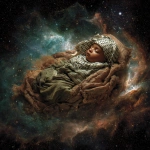

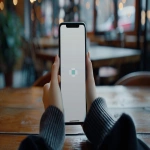


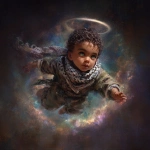
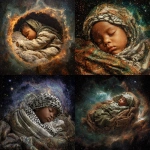



](https://images.ai-img.art/thumbnails/150/336026613fd234b8d6908fe18ecc09b2b2ecf7b8dfe294742041c9862dc499c1.webp)
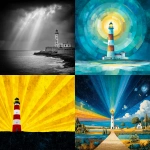
](https://images.ai-img.art/thumbnails/150/d29fcfc8037938184a641f7980e1102e24a6e82088bc465886d26ffe5bb006c7.webp)

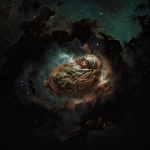

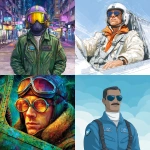

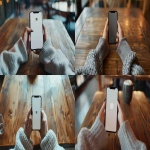

](https://images.ai-img.art/thumbnails/150/9127f72c6be19d533c26ac476f4d216cd89a6a2d7c351333489a3eff30c3ec5a.webp)
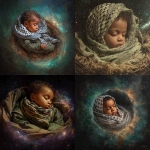
](https://images.ai-img.art/thumbnails/150/85464d88f1d4314cd042a02a6f41440fc3b4343db529794cbe8e6836fdadf409.webp)
